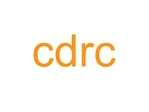Embedded in the design process is an innate capacity to address the complex and systemic issues facing neighborhoods and their people across the globe—including social, economic, political, and environmental challenges. Design is also a process that strengthens democracy—bridging barriers, and building trust in the power of people and the institutions that serve them. As Robert Reich recently wrote in The Guardian: “[Democracy] . . . is not what governments do. Democracy is what people do.”
In an ideal democracy each actor has the right to shape a political agenda, to participate, to be included, and to have their voice or vote be equal to that of all others. Historically, and across diverse nations, the values central to democracy have led to the expansion of rights—the right to vote, to choose, to love whom you like, and live in the neighborhood of your choice. While democracy remains both imperfect and incomplete, the promise of the system endures.
Yet, we are currently witnessing unprecedented challenges to democratic values and systems. Tyrannical and autocratic leaders are rising to power and the sovereign democratic nation of Ukraine has been invaded. Rising nationalism, racism, disinformation, and social and economic inequalities are weakening democratic systems, ordinary people are losing faith in the capacity of institutions and government agencies to act in the interests of all, and the powerful have stepped into this vacuum to successfully advocate for their own interests above all others.
In a democracy, as in a neighborhood, ordinary people are the central actors. It is a space of shared lived experience. Yet, too often neighborhoods are the “subjects” of design and planning efforts instead of the instigators and prime collaborators.
For nearly two decades the Community Design Resource Center at the University of Houston has worked side by side with neighborhood leaders and stakeholders to amplify their vision and voice. The foundation of these partnerships is a shared commitment to grounding spatial agency in the neighborhood, leveraging design to collaboratively envision new possibilities, and advocating for a more democratic and ground up decision-making process. Designers are facilitators, weaving together the power of people and place in a way that strengthens democracy and transforms the neighborhoods in which together we live, love, and laugh.
Ground UP celebrates design practices that center the power of people and depart from the contextual richness of place. New design systems and strategies are needed that dismantle inequitable systems of power and expand democratic action. To this end, three principles shape an inclusive and place-based design practice:
GALVANIZE Power: Place decision-making power–from beginning to end–into the hands of everyday people who know more about their needs than anyone else.
AMPLIFY Voice: Build relationships of trust, listen, and amplify the voices of everyday people to expand the possibilities of design.
ACTIVATE Place: Create safe and shared spaces to collaborate and envision change that celebrates the richness and ambiguities of everyday place.
If the mission is the neighborhood, conversations on how to deploy design as a tool to dismantle systems of inequity and build inclusive and shared places should start there, with the people who call the neighborhood home.
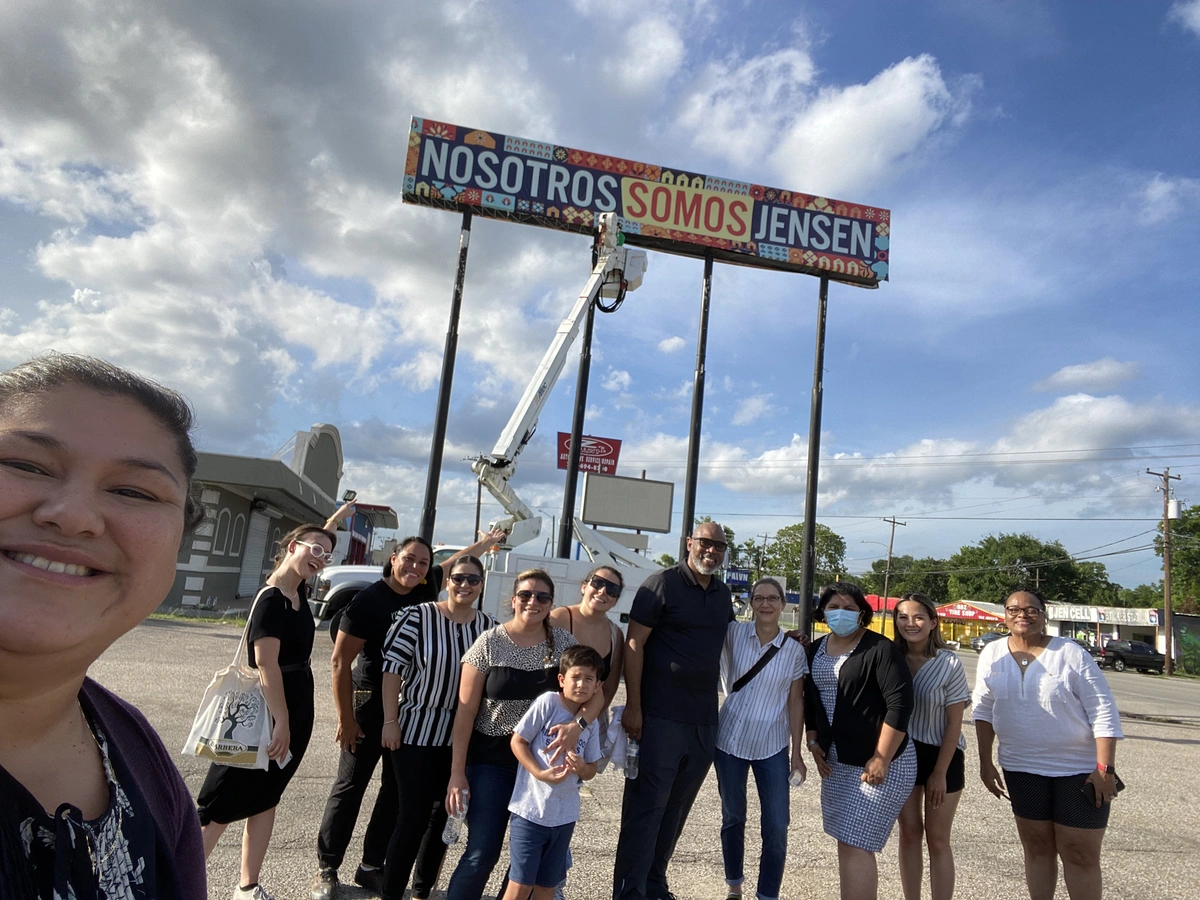
The Driving Jensen project was a collaboration between community leaders and stakeholders, the CDRC, and design students and faculty at the University of Houston. With community at its center, students were charged with designing projects that told stories about place and reflected the visions of those who today call the neighborhood home. The projects activated vacant spaces and transformed underutilized infrastructures, walls, and signs.
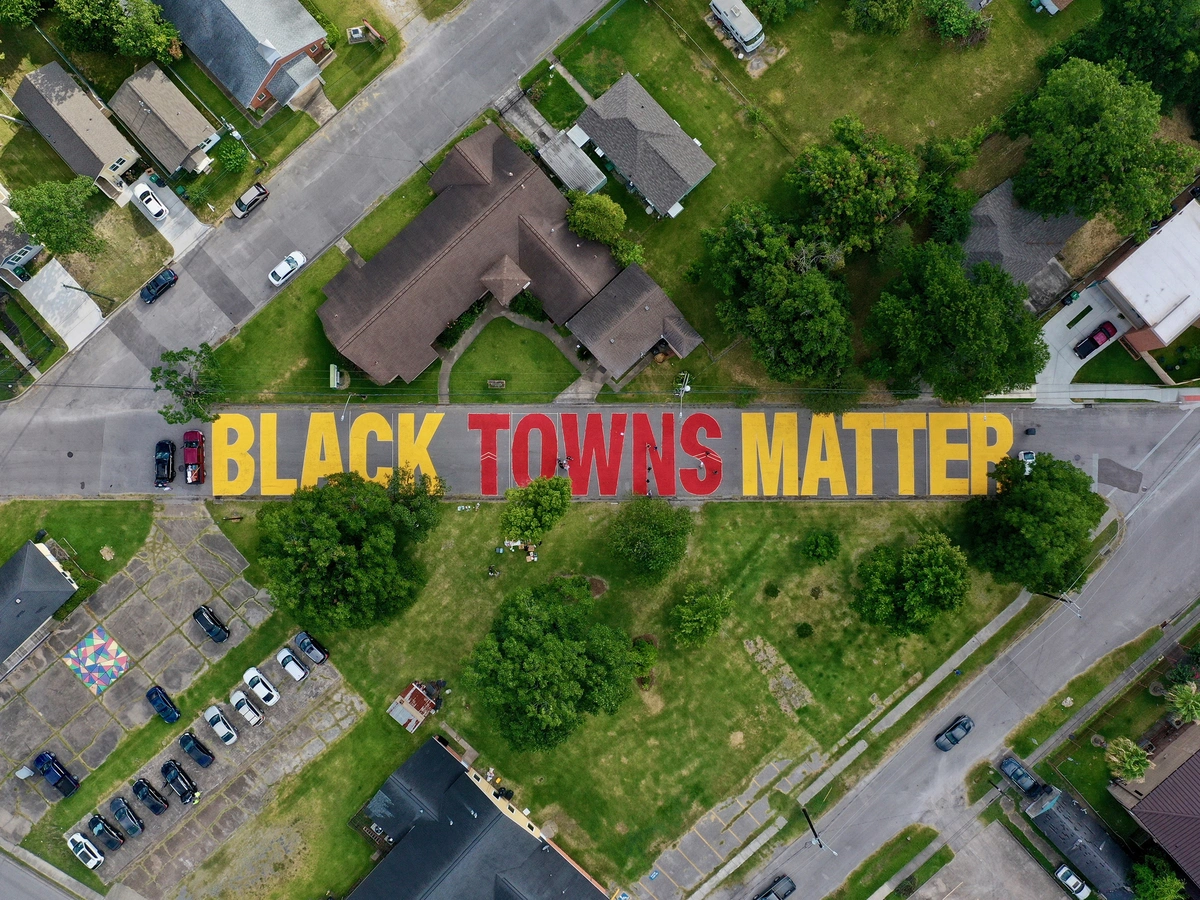
Following the murder of George Floyd in May of 2020 the CDRC was invited by the Independence Heights Redevelopment Council to design and install a “BLACK TOWNS MATTER” mural in the neighborhood. The mural, completed on Juneteenth 2020 (a federal holiday in the U.S. celebrating emancipation), was part of a national effort to celebrate the history of Black Towns, including Independence Heights which was the first town in Texas established by and for Black residents.
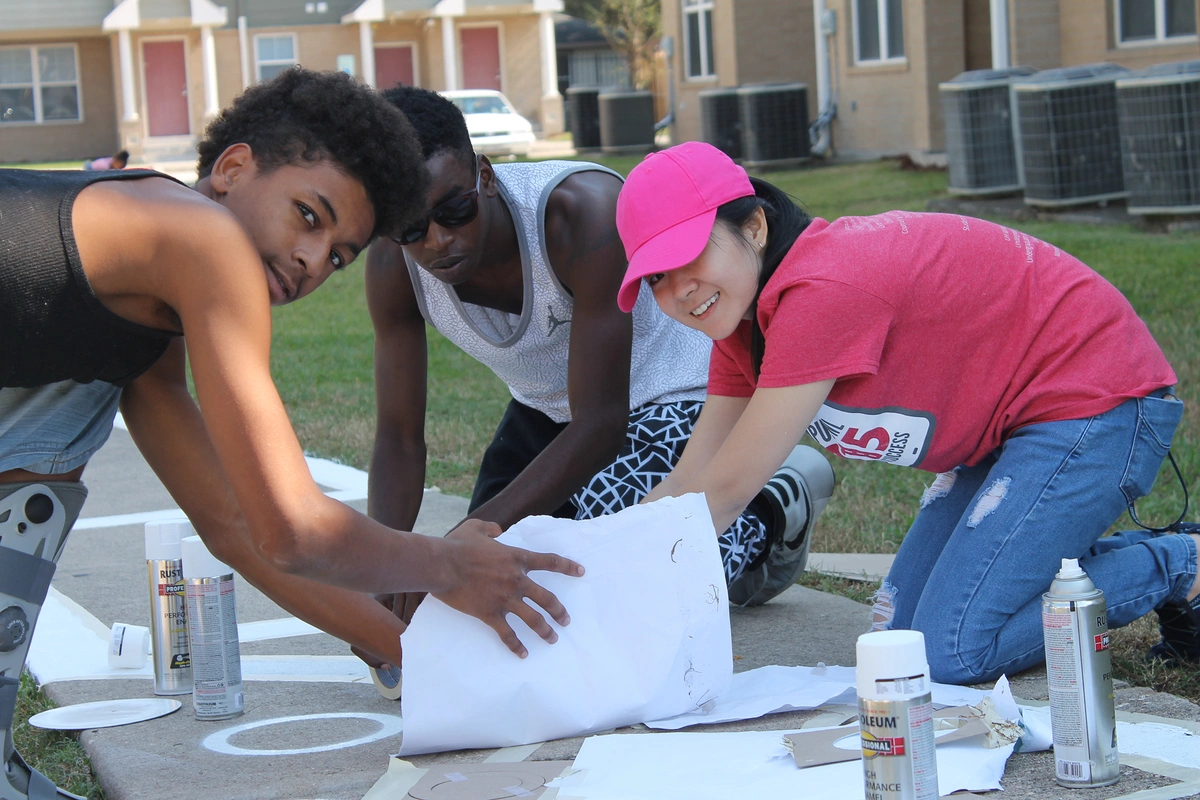
Play, in safe and shared spaces, is integral to the lives of children and their families. The CDRC received one of 50 grants awarded through the KaBOOM! Play Everywhere Challenge focusing on replicable, scalable innovations in city redevelopment and design that help make play easy, available, and fun for kids and families. OX4D Plays was designed and installed in collaboration with the children and teens living at Oxford Place Apartments, a Houston Housing Authority public housing complex.
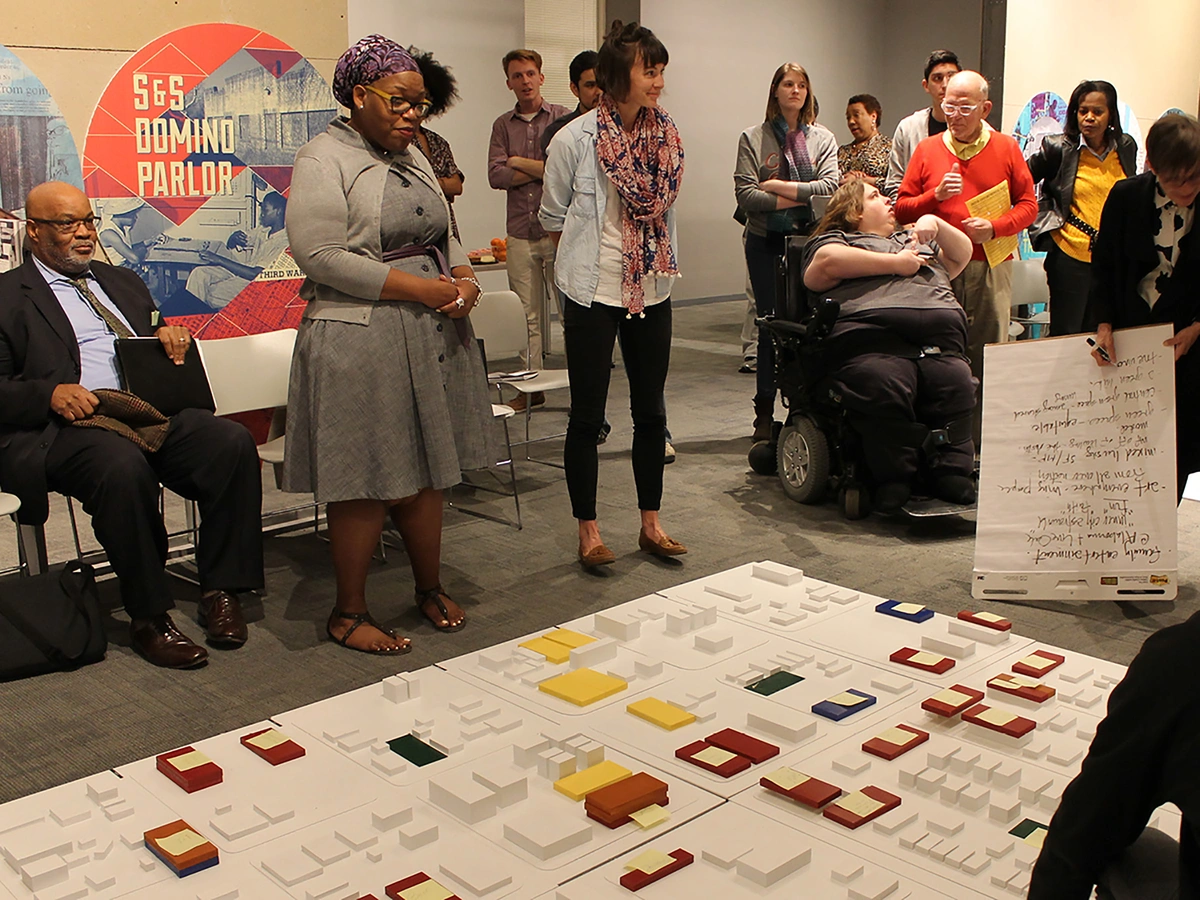
Animating History was a collaboration between the CDRC, art and architecture students and faculty, and community leaders to design life size map pins that shared stories and histories of the people and places along the Emancipation Avenue corridor in the Third Ward neighborhood. The project celebrated, and made visible the rich history of the historically Black community, while also inviting viewers to question the power and systems of erasure that have impacted the Third Ward over decades.
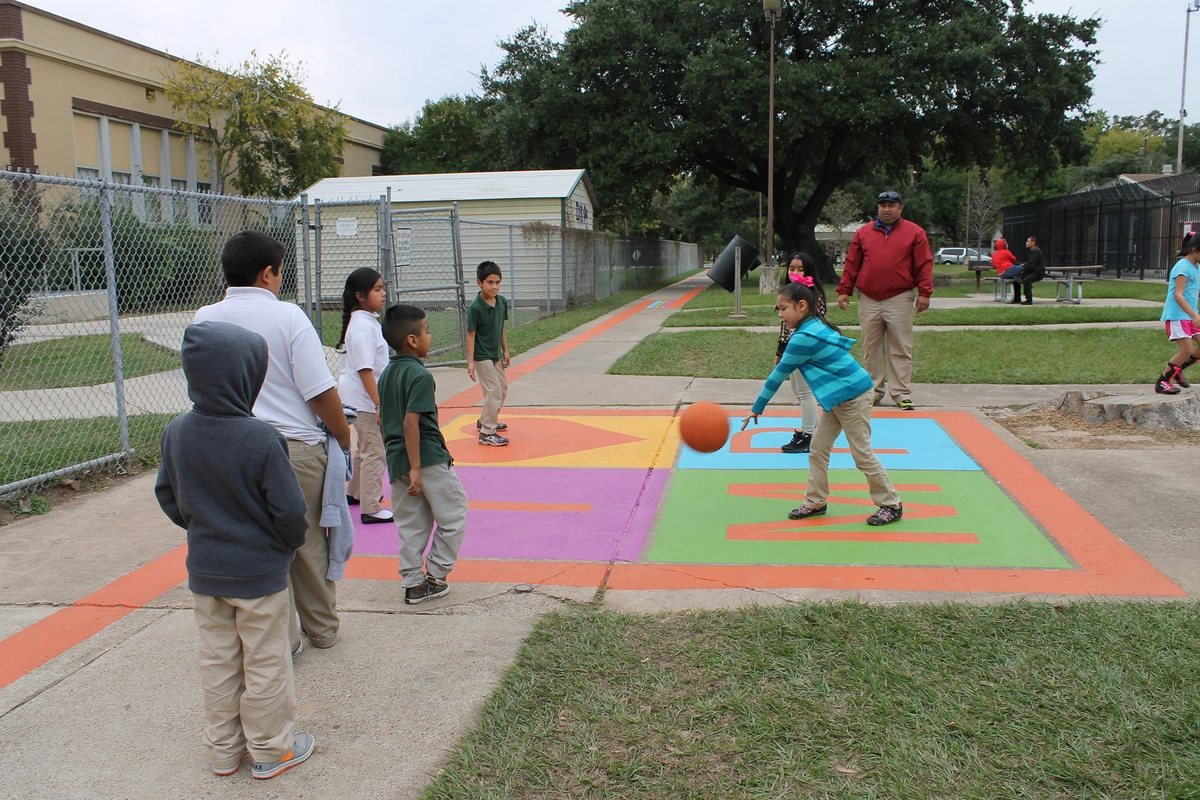
The ZONA de JUEGO is a zone of active play, learning, and celebrating. Children’s games such as hopscotch, four square, and tic-tac-toe punctuate the 600’ graphic. Measurements, fractions, and ABCs reinforce lessons from the classroom. Finally, the timeline celebrates the history and culture of the neighborhood in both Spanish and English. The project, a partnership with Magnolia Park residents, the CDRC, local school, and the City of Houston emerged from a shared idea about health and design.
The Community Design Resource Center (CDRC) is a recognized research center at the University of Houston established in 2005. Housed in the Hines College of Architecture and Design the CDRC has both temporary and permanent team members, including design student research assistants, faculty, and design professionals. The CDRC’s mission is to work collaboratively with community partners to define, develop, and apply transformative design strategies that bring us closer to a more just and equitable city, at every scale.
Over the last 18 years the CDRC has partnered with leaders and stakeholders in 38 of Houston’s 88 super neighborhoods. Our work is proactive, speculative, pragmatic, and strategic; and our commitment to meaningful community engagement, innovative communication tools, and inclusive design strategies has allowed us to build trust among Houston’s diverse communities and the organizations that serve them. Our work is focused on our neighborhoods because place matters.
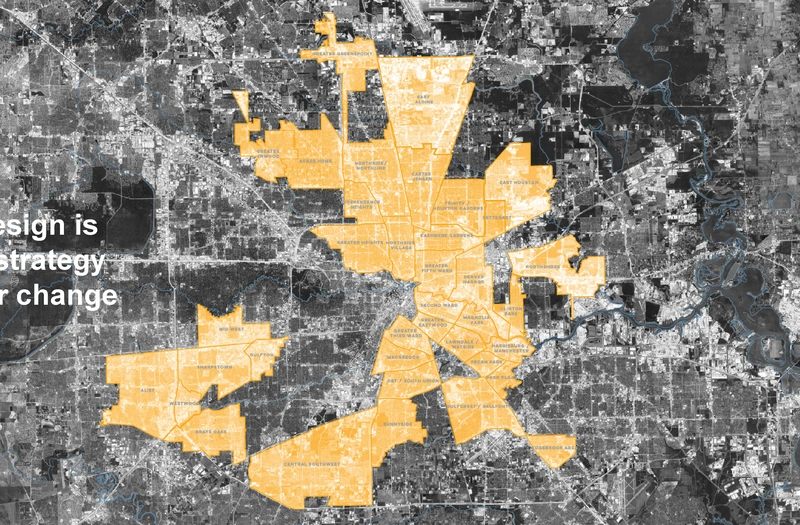
Houston is the fourth largest city in the U.S. and one of the most demographically diverse. Home to 88 Super Neighborhoods, it is also the largest city in the U.S. without zoning and little comprehensive planning. Both of these qualities set Houston apart from European cities. Yet, the challenges and opportunities that emerge from these qualities provide important lessons in how to work in diverse places, with diverse populations, and without the resources provided through centralized planning.
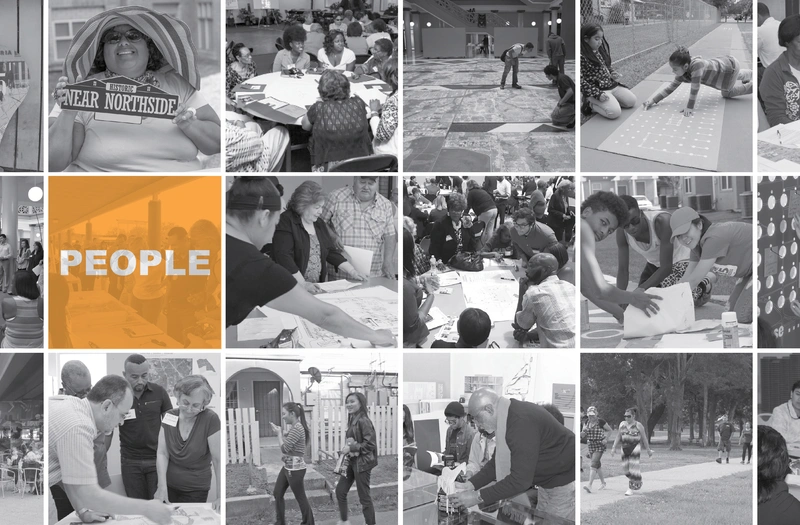
The CDRC has worked in 38 of Houston’s 88 Super Neighborhoods. Our partner neighborhoods are diverse, struggle with poverty, and have historically experienced discriminatory practices and long term disinvestment. It is in these neighborhoods that we have collaboratively developed our design practice, a practice that makes room for the public, privileges local knowledge and local voices, and re-balances power.
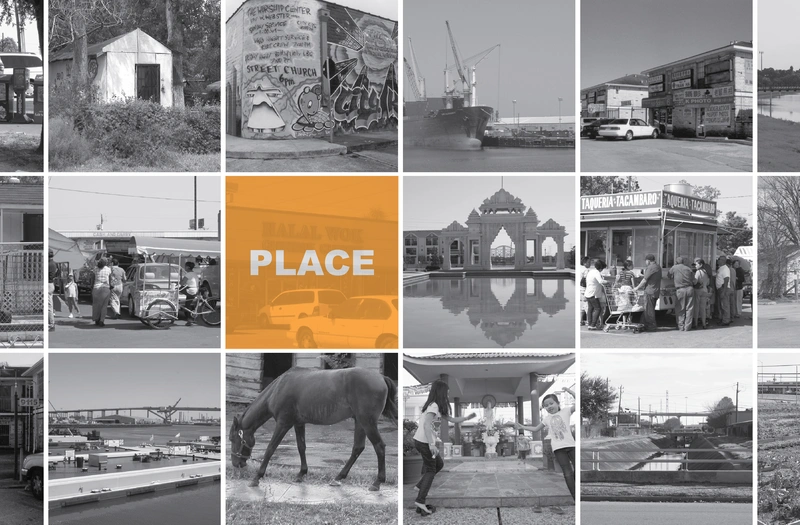
The CDRC values its deep roots within the local context of Houston, which allows us to meet and work with our partners from a perspective of shared place. Our work celebrates people.
